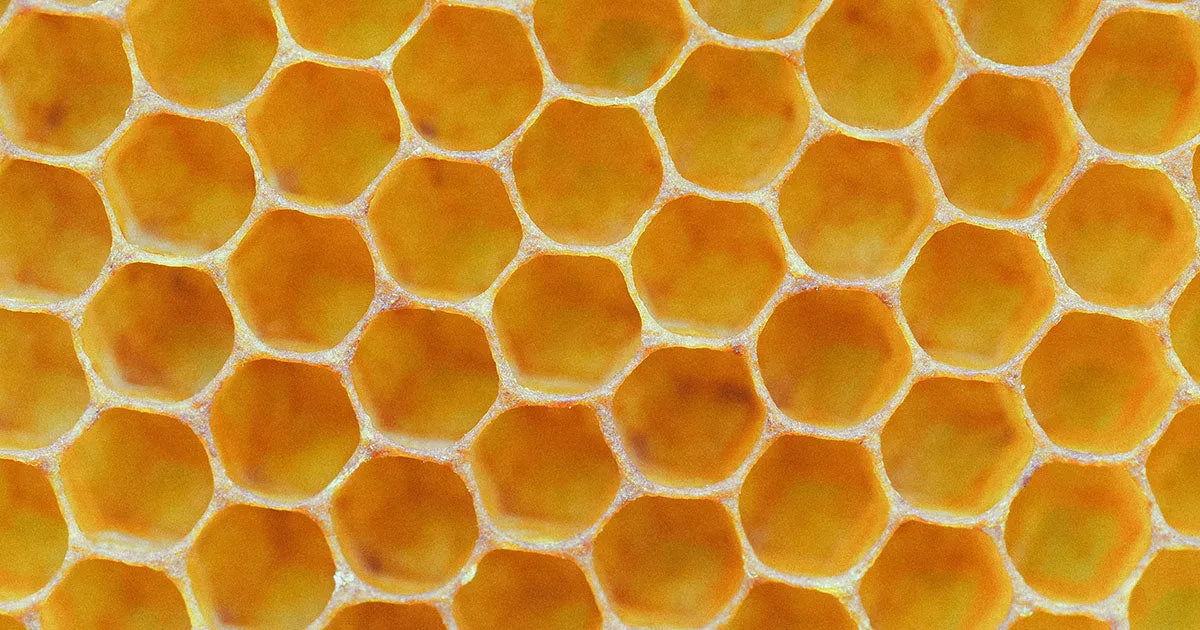Why Did My Honey Turn Solid?
Honey Facts
Raw & unfiltered honey will eventually turn solid – that’s a simple fact of life. But that doesn’t mean your bottle’s days are numbered.
Crystallized honey is usually light yellow or white, with a consistency somewhere between that of peanut butter and granite, depending on how long it’s been sitting. But it’s still honey, and it definitely hasn’t spoiled or gone bad or expired.
If your honey has turned solid, that means it’s natural honey: raw & unfiltered, just like the bees made it. Many “grocery store” honeys (looking at you, bear bottles) have been superheated to over 150º and filtered to make them look “pure” and clear – but that’s not natural. Heating honey destroys its flavor, as well as some of the amino acids and nutrients that make honey such a special sweetener.
Check out our 23+ varietals of raw & unfiltered honey here.
What to Do with Crystallized Honey
You can still eat crystallized honey any way you normally would: spread it onto toast, melt it into honey beverages, or eat by the spoonful. You might even prefer it, because it won’t drip and make sticky messes.
If you do want your honey to be drizzle-able again, it’s simple to get it back by heating it. Either put honey in an open glass jar and set the jar in a bath of warm water (100–120º) or put your honey in a microwave-safe dish and microwave in 30 seconds at a time.
Why Does Honey Crystallize?
Honey is basically a solution of sugar dissolved in water. (But don’t try to make it at home. It’s a bit more complicated than that.) There’s so much sugar inside that eventually, the sugar precipitates out of the water into a more natural state: sugar crystals.
It’s a bit like making rock candy, which is literally just sugar and water. Or like when saltwater evaporates, leaving small traces of salt. Take your pick; they’re both examples of water-based solutions. Honey’s just another one, loaded with so much sugar that it oozes instead of flowing.
But not all honeys crystallize in the same way or at the same time. Every varietal honey has a different ratio of glucose and fructose – two common sugars. The more glucose, the faster crystals form.
A few varietals high in glucose are:
Clover honey (We usually finish a bottle of Local Hive Clover long before we need to worry about crystallizing.)
Lavender honey
Dandelion honey
A few varietals high in fructose that are much slower to crystallize:
Tupelo honey (Tupelo honey can be found in Local Hive Florida.)
Acacia honey
Sage honey
To sum it all up: raw & unfiltered honey is a natural food and naturally crystallizes over time. If your bottle has turned hard, don’t sweat it. Just heat it up!

